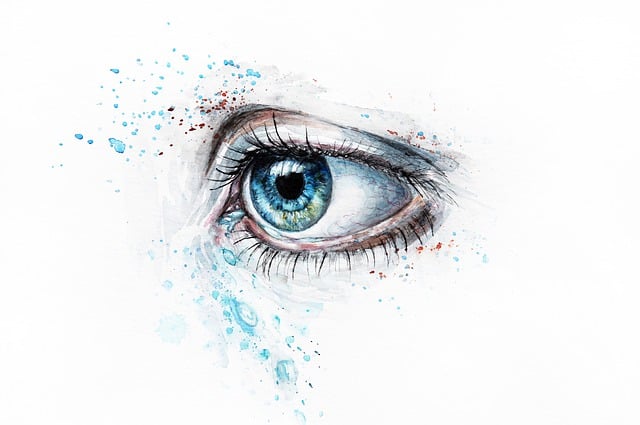
Are you a budding artist looking to improve your sketching skills? Look no further!
In this article, we will explore the 10 essential skills every beginning sketcher needs to master the art of sketching.
From understanding basic sketching techniques to developing a personal style, this comprehensive guide will provide you with the knowledge and expertise to create captivating and expressive sketches.
Whether you're a novice or have some experience, this article is a must-read for anyone seeking to enhance their sketching abilities.
Understanding Basic Sketching Techniques
One fundamental aspect of mastering the art of sketching is acquiring a comprehensive understanding of the basic sketching techniques. Developing creativity and exploring different mediums are two key factors in this process.
To begin with, developing creativity is essential for sketching. It involves thinking outside the box and allowing oneself to explore new ideas and concepts. By embracing creativity, sketchers can bring their unique perspective to their work and create captivating and original pieces.
In addition, exploring different mediums is crucial in expanding one's skills and capabilities as a sketcher. Trying out various tools such as graphite pencils, charcoal, ink, and pastels allows artists to experiment with different textures, tones, and effects. This exploration not only enhances technical skills but also helps in discovering personal preferences and styles.
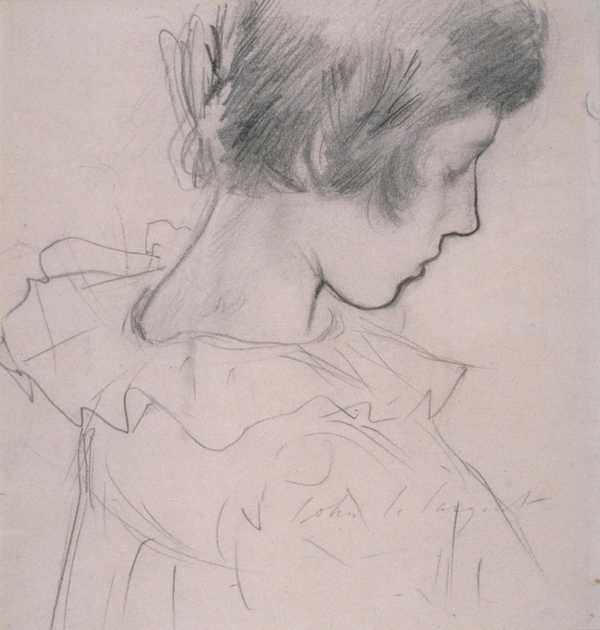
Ultimately, a solid foundation in basic sketching techniques, coupled with the development of creativity and the exploration of different mediums, empowers sketchers to express themselves freely and confidently in their artistic endeavors.
Developing Observation Skills
Developing strong observation skills is a crucial aspect of becoming a skilled sketcher. Keenness and attention to detail are essential, allowing artists to perceive the world around them with heightened clarity.
Importance of Keenness
Regularly honing observation skills is crucial for aspiring sketchers to enhance their artistic abilities. Developing keenness in observation allows sketchers to improve their sketching accuracy and capture fine details. Being keen means paying attention to the smallest nuances in the subject being sketched, whether it's a landscape, still life, or portrait.
It involves observing the play of light and shadow, the textures, and the intricacies of the subject. Keenness also extends to understanding the relationships between different elements within the composition, such as proportions, perspective, and balance. By developing this skill, sketchers can recreate the essence of the subject with accuracy and precision.
Keen observation skills not only improve the quality of their sketches but also allow them the freedom to express their artistic vision more effectively.
Enhancing Visual Perception
Improving visual perception is essential for sketchers to sharpen their ability to observe and accurately depict the details of their subjects. One effective way to enhance visual perception is by sketching outdoors.
Sketching outdoors not only exposes artists to a variety of subjects and scenes but also challenges them to capture the ever-changing light, colors, and atmosphere. This practice helps develop a keen eye for details and enhances the artist's ability to quickly observe and analyze their surroundings.
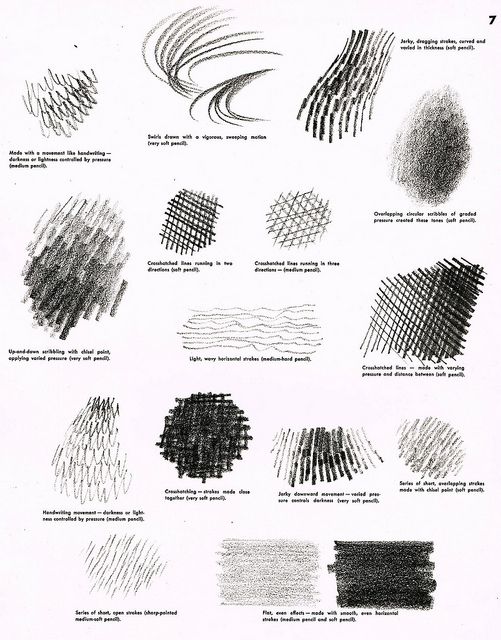
Additionally, incorporating texture in sketches is another way to enhance visual perception. Texture adds depth and dimension to the artwork, making it more realistic and engaging. By closely observing the textures of different surfaces and objects, sketchers can train their eyes to accurately depict these details in their sketches.
Techniques for Accurate Observation
One crucial skill that every beginning sketcher needs to cultivate is a systematic approach to observation, allowing for the precise capture of details in their subjects. Developing observation skills involves developing patience and the ability to capture details accurately.
Patience is key because it allows the sketcher to take their time and really study their subject, noticing even the smallest details that might otherwise be overlooked. By observing their subject carefully, the sketcher can capture these details accurately, resulting in a more realistic and detailed sketch.
It is important to take the time to really look at the subject, noticing the shape, texture, and shading, and then translate these observations onto paper. By practicing these techniques, beginning sketchers can develop their observation skills and create more accurate and detailed sketches.
Practicing Perspective Drawing
During the initial stages of learning sketching, it is crucial to dedicate ample time to practicing perspective drawing. Perspective drawing is the technique used to create the illusion of depth and three-dimensionality in a two-dimensional sketch. It allows the artist to accurately depict objects in space and create realistic and dynamic compositions.
One way to practice perspective drawing is by sketching urban landscapes, such as city streets, buildings, or parks. These settings provide a variety of architectural elements and vanishing points to challenge the artist's understanding of perspective.
Additionally, incorporating texture in perspective drawings adds depth and interest to the artwork. By using different shading techniques and lines, the artist can create the illusion of different materials and surfaces, enhancing the overall realism of the sketch.
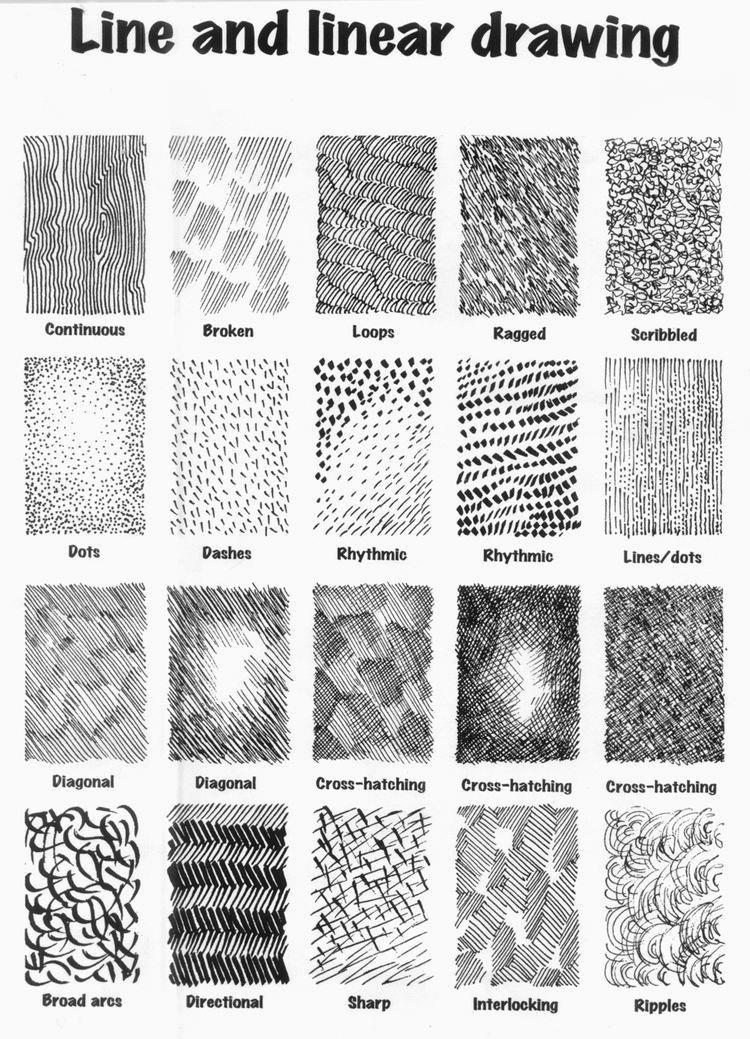
Practicing perspective drawing is essential for any aspiring sketcher to develop a strong foundation in the art of sketching.
Mastering Proportions and Scale
Achieving accurate proportions and scale is crucial for every beginning sketcher aiming to create realistic and visually pleasing artwork. Proportion and scale challenges are common obstacles that artists face when trying to capture the essence of their subject.
To overcome these challenges, there are several techniques that can be employed. One such technique is the use of grids or guidelines to accurately map out the proportions of the subject. This involves dividing the drawing surface into a grid and using it as a reference to ensure that the different elements of the sketch are in the correct proportion to each other.
Another technique is the use of comparative measuring, where the artist compares the size of different parts of the subject to establish accurate proportions.
Exploring Value and Shading
When it comes to sketching, mastering the art of value and shading is crucial in creating depth and dimension in your drawings.
Understanding how to use shading techniques such as highlighting and lowlighting can bring your sketches to life and make them more realistic.
Creating Depth With Shading
To create depth in their sketches, artists can utilize shading techniques that explore the concept of value. Shading is a crucial skill that allows artists to add dimension and realism to their drawings. By using different levels of darkness and lightness, artists can create the illusion of depth and form.

One way to create texture through shading is by using cross-hatching, where lines are drawn in multiple directions to create a textured effect. Another technique is stippling, where small dots are used to build up tone and texture.
Additionally, artists can incorporate color into their shading techniques to further enhance the depth and realism of their sketches. By blending and layering different colors, artists can create subtle variations in value and add vibrancy to their drawings.
Mastery of shading techniques is essential for any sketcher who seeks to bring their drawings to life.
Highlighting and Lowlighting Techniques
During the sketching process, artists can employ highlighting and lowlighting techniques to explore value and shading in their artwork.
Highlighting techniques involve adding lighter tones or areas of brightness to emphasize certain areas or objects in a sketch. This technique can create a sense of depth and dimension, as well as draw attention to focal points.
On the other hand, lowlighting techniques involve adding darker tones or areas of shadow to create contrast and depth in a sketch. By strategically placing shadows in the right places, artists can give their sketches a more realistic and three-dimensional appearance.
Both highlighting and lowlighting techniques are essential for creating a sense of volume and bringing sketches to life. Artists can experiment with different shading techniques and explore various levels of contrast to achieve the desired effects in their artwork.
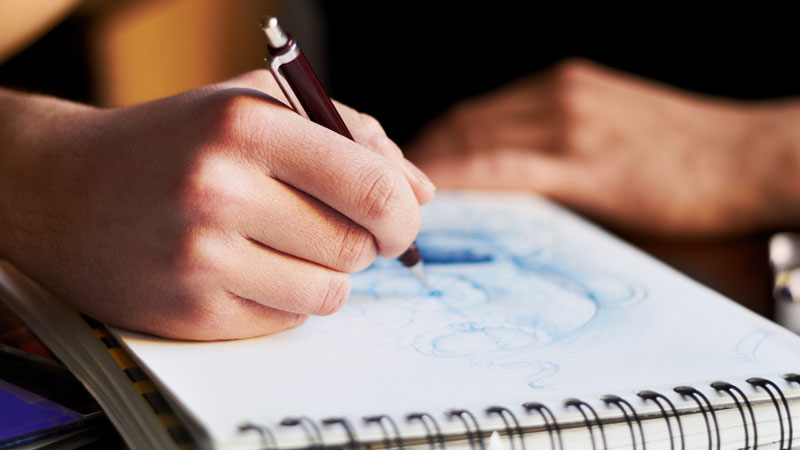
Master the skill of using various drawing tools to enhance your sketching abilities.
Different drawing techniques and exploring different mediums can greatly contribute to the uniqueness and creativity of your sketches.
As a beginning sketcher, it is essential to experiment with a wide range of drawing tools to find what works best for you. Pencils of various hardness, charcoal, ink pens, and pastels are just a few examples of the tools you can explore.
Each tool offers its own set of possibilities, allowing you to achieve different textures, lines, and effects in your sketches.
Creating Dynamic and Expressive Lines
Creating dynamic and expressive lines is an essential skill for any beginning sketcher.
By mastering line thickness techniques, artists can add depth and dimension to their drawings.
Line direction and flow allow for the portrayal of movement and energy, while emphasizing movement through lines can create a sense of action and vitality in the artwork.
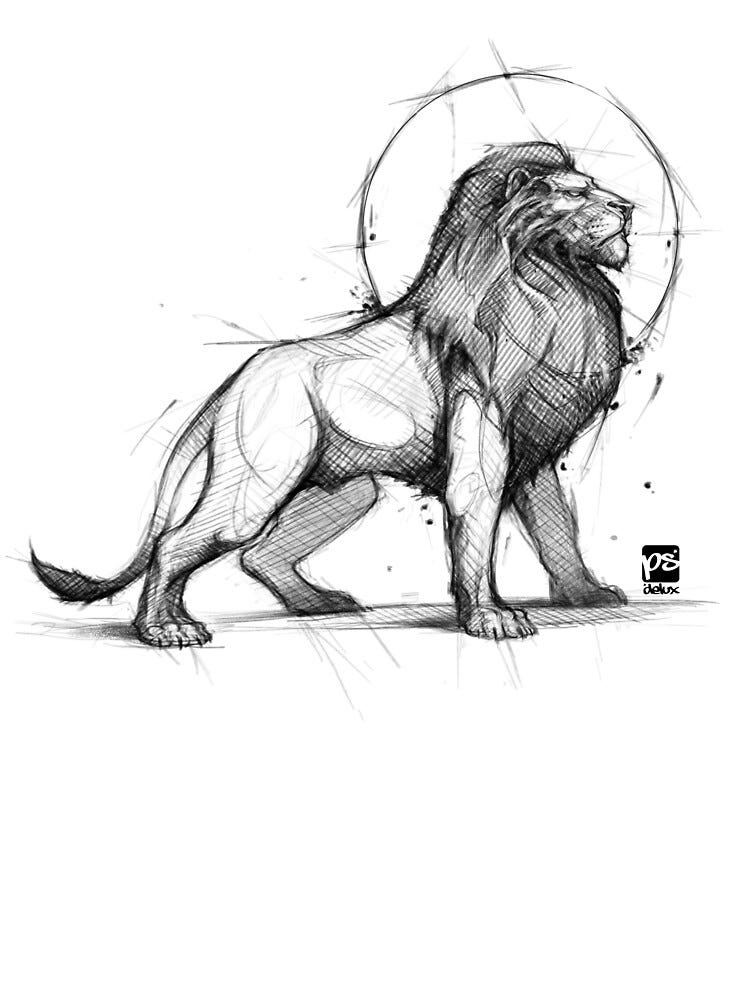
Line Thickness Techniques
The effective utilization of line thickness is crucial for achieving a sense of depth and movement in sketches. Line weight techniques allow artists to add variety and expressiveness to their drawings. By varying the thickness of lines, artists can create a visual hierarchy, emphasizing certain elements and adding depth to their sketches.
Cross hatching is one such method that involves the use of intersecting lines to create shading and texture. This technique allows for the creation of darker areas by adding more layers of lines, while lighter areas are achieved by spacing out the lines. Cross hatching can be done with different line thicknesses to create a more dynamic and visually appealing effect.
Mastering line thickness techniques and cross hatching methods can greatly enhance the expressiveness and impact of your sketches.
Line Direction and Flow
One important aspect of sketching is understanding how to use line direction and flow to create dynamic and expressive lines. Line direction refers to the way in which the lines are drawn, whether they are straight, curved, or have a sense of movement. By varying the direction of your lines, you can add interest and energy to your sketches.
Line flow, on the other hand, refers to the way in which the lines interact with each other and the overall composition. It is important to consider the flow of your lines to create a sense of harmony and balance in your sketches.
To enhance line direction and flow, you can also experiment with line weight, which refers to the thickness of your lines. By using different line weights, you can create depth and dimension in your sketches.
Hatching techniques, such as cross-hatching and stippling, can also be used to add texture and shading to your sketches, further enhancing the overall impact of your lines.
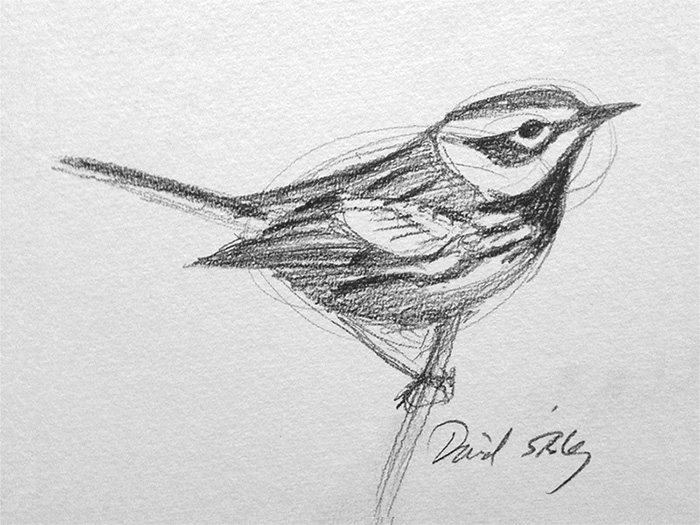
Mastering line direction and flow, along with other essential skills, will help you become a more skilled and confident sketcher.
Emphasizing Movement Through Lines
To truly capture the essence of movement in your sketches, it is crucial to experiment with different techniques and employ the use of deliberate strokes and intentional lines. By exploring gestural lines, you can add a sense of energy and vitality to your drawings, making them come alive on the page.
When capturing movement in still objects, focus on the flow of lines and the direction in which they move. Consider the following techniques to emphasize movement through lines:
- Varying line thickness: Thin lines can convey delicacy and grace, while thick lines can add weight and strength.
- Curved lines: Use flowing curves to suggest fluidity and motion.
- Broken lines: Intentionally break up lines to create a sense of movement and action.
- Overlapping lines: Overlapping lines can create depth and add a sense of three-dimensionality to your sketches.
Experimenting With Composition and Layout
How can sketchers effectively experiment with composition and layout to enhance their artistic skills?
Experimenting with composition and layout is a crucial aspect of sketching that allows artists to explore different ways of arranging elements on a page. By doing so, sketchers can create visually appealing and engaging artworks.
One way to experiment with composition is by trying out different sketching styles, such as realistic, abstract, or impressionistic. This helps artists understand how different styles can affect the overall composition and visual impact of their sketches.
Additionally, sketchers can also experiment with different mediums, such as graphite, charcoal, or ink, to further enhance their compositions. This allows them to discover the unique qualities and effects that each medium can bring to their sketches.
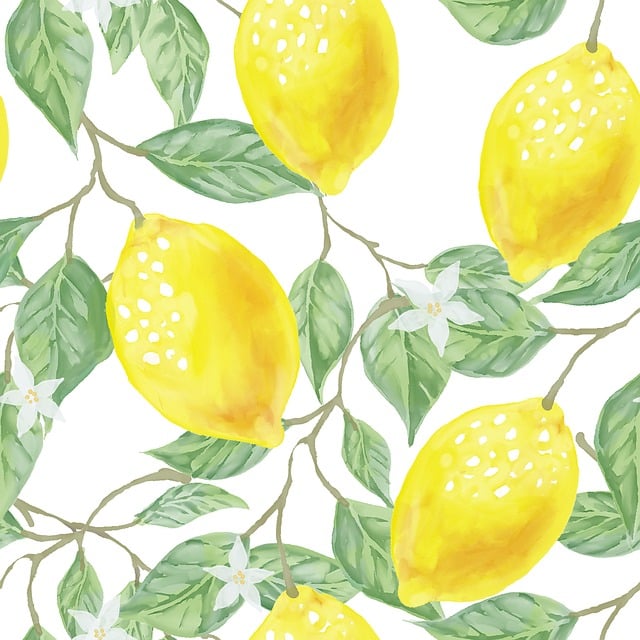
Ultimately, through experimentation, sketchers can develop their own personal style and create artworks that truly reflect their creative freedom.
Using Light and Shadow to Enhance Sketches
Several techniques can be employed to effectively use light and shadow in sketches, elevating their visual impact and creating a sense of depth and realism. Here are some key techniques to consider:
Contrast: By using light and dark values, you can create a strong contrast that adds drama and visual interest to your sketches.
Cross hatching: This technique involves intersecting lines to create texture and shading. It can be used to add depth and dimension to your sketches.
Highlighting and shading: By selectively applying highlights and shading, you can create the illusion of light hitting certain areas and casting shadows on others.
Importance of negative space: Paying attention to the areas around your subject can greatly enhance your sketches. Leaving empty spaces, known as negative space, can help define the positive shapes and add balance to your composition.
Developing a Personal Style in Sketching
One key aspect of developing a personal style in sketching is exploring various techniques and combining them to create unique and distinctive artwork. By experimenting with different drawing tools, such as pencils, pens, or even digital tablets, sketchers can discover the effects and textures that resonate with them.
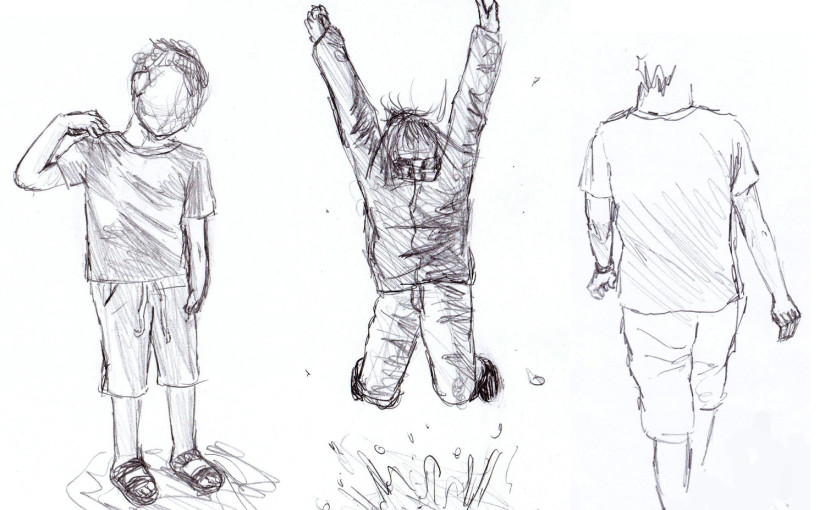
This process allows artists to develop their own signature style that sets them apart from others. Finding inspiration from various sources, such as nature, architecture, or personal experiences, also plays a vital role in shaping one's unique style.
It is important for sketchers to observe and study the works of other artists, both contemporary and historical, to gain a deeper understanding of different styles and techniques.
Developing a unique style in sketching requires continuous practice, exploration, and a willingness to embrace individuality.
Frequently Asked Questions
How Can I Overcome the Fear of Making Mistakes While Sketching?
Overcoming the fear of making mistakes while sketching is a common challenge for beginners. Building confidence in one's skills and embracing the learning process can help alleviate this fear, allowing for artistic freedom and growth.
Are There Any Specific Exercises or Techniques to Improve Hand-Eye Coordination for Sketching?
Exercises for improving hand-eye coordination and techniques for developing precision in sketching are essential for beginners. These exercises involve focusing on the subject, practicing line control, and using various drawing tools to enhance sketching skills.
Can Sketching Be Learned by Anyone, or Is It a Talent That Some People Are Born With?
The debate continues on whether learning sketching is a result of nature or nurture. While some may have a natural talent, anyone can learn and develop their skills with practice and exploration of different sketching styles to find their own artistic voice.
What Are Some Common Mistakes Beginners Make While Practicing Perspective Drawing?
Common mistakes beginners make in perspective drawing include incorrect vanishing points, improper scaling, and lack of depth. Overcoming the fear of making mistakes in sketching can be achieved through practice, experimentation, and embracing the learning process.
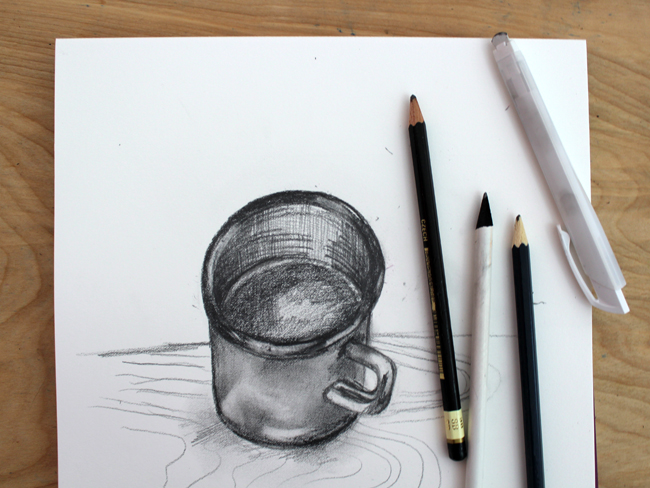
How Can I Add Depth and Dimension to My Sketches Using Shading Techniques?
Adding depth and dimension to sketches can be achieved through the use of shading techniques. By strategically applying darker and lighter tones, incorporating texture, and utilizing blending techniques, sketches can come to life with a sense of realism and three-dimensionality.
 Writing TipsCreative WritingJournalingSketching TechniquesBuying GuidesPrivacy PolicyTerms And Conditions
Writing TipsCreative WritingJournalingSketching TechniquesBuying GuidesPrivacy PolicyTerms And Conditions
